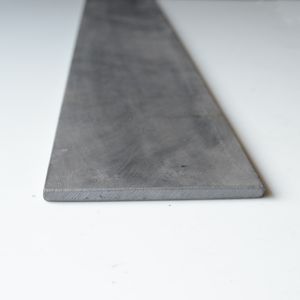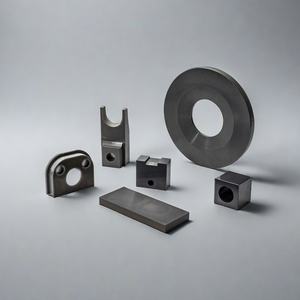Discover Premium Ceramic Products | Durability & Elegance United | Advanced Ceramics
PRODUCT PARAMETERS
Description
Introduction of Boron Carbide Ceramics
Boron carbide ceramics is an inorganic, non-metallic material with carbon and boron as its main components, and its chemical formula is B4C. Since its discovery in the early 20th century, this material has attracted a great deal of attention because of its unique physical and chemical properties. Boron carbide ceramics have an extremely high hardness, second only to diamond and cubic boron nitride, which makes it important in the field of wear-resistant materials. It also exhibits excellent corrosion resistance, high-temperature stability and low-density properties, attributes that make it ideal for the manufacture of bullet-proof vests, nozzles, bearings and other mechanical components that require high wear resistance. Boron carbide ceramics can also be prepared in a variety of shapes and sizes through different processes to meet the needs of different industries.
Characteristics of Boron Carbide Ceramics
Boron carbide ceramics are known for their excellent performance characteristics, starting with their ultra-high hardness and strength, which makes them resistant to severe abrasion and scratching, making them ideal for use in cutting tools and abrasives. Secondly, the material possesses excellent chemical stability and is less likely to react with chemicals such as acids and alkalis, even in extreme environments, making it widely used in certain key components in the chemical industry. In addition, the superior thermal stability of boron carbide ceramics and their ability to maintain structural and property stability at extremely high temperatures makes them one of the key materials in the aerospace and nuclear industries. Finally, it is worth mentioning its lightweight properties, which, due to its low density, make boron carbide ceramics an ideal option for application scenarios that require light weight but high strength. Together, these characteristics give boron carbide ceramics a wide range of applications.
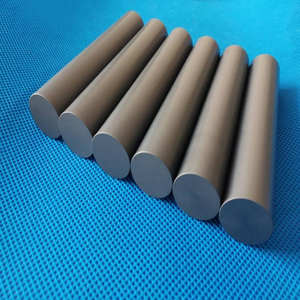
(Light Weight High Hardness Boron Carbide(B4C) Ceramic Plate)
Specification of Light Weight High Hardness Boron Carbide(B4C) Ceramic Plate
Boron carbide (B4C) ceramic plate is a high-performance product understood for its extraordinary hardness and light-weight residential or commercial properties. It is widely utilized in shield systems, commercial tools, and aerospace applications. The product combines advanced mechanical qualities with durability, making it suitable for demanding atmospheres.
B4C ceramic plate has a Vickers hardness surpassing 30 GPa, rating it amongst the hardest materials readily available. This hardness offers excellent resistance to abrasion and infiltration. The density of B4C is around 2.52 g/cm FIVE, considerably lower than metals like steel or various other ceramics such as alumina. This lightweight nature reduces total system weight without jeopardizing toughness.
The flexural strength of B4C ceramic plate varieties between 300 and 400 MPa, making certain structural stability under high stress. Its compressive stamina exceeds 2,800 MPa, allowing it to stand up to heavy loads. The material preserves stability in extreme temperature levels, operating properly from -200 ° C to 1,200 ° C. Thermal conductivity is around 30-42 W/m · K, allowing effective warm dissipation in high-temperature applications.
B4C ceramic plate displays strong chemical inertness. It withstands deterioration from acids, antacid, and molten metals. This makes it ideal for use in extreme chemical atmospheres or safety finishes. The material additionally has a reduced thermal growth coefficient (4.5 × 10 ⁻⁶/ ° C), reducing dimensional changes under temperature level changes.
In armor applications, B4C ceramic plate is generally made use of in body armor and automobile protection systems. Its high firmness interferes with projectile energy, while its light-weight layout improves flexibility. Industrial uses consist of wear-resistant elements like nozzles, seals, and reducing tools. The material’s neutron absorption properties make it important in nuclear reactors for radiation shielding.
Processing B4C ceramic plate requires innovative sintering methods to attain optimal thickness and efficiency. Customized sizes and shapes are offered to fulfill details application requirements. Surface area finishing alternatives consist of brightening or layer to boost wear resistance. Appropriate handling is vital to prevent brittleness-related damages throughout installment.
The combination of low weight, severe firmness, and thermal security placements B4C ceramic plate as a crucial product for high-stress, high-risk atmospheres. Its flexibility throughout industries underscores its value in both protective and useful applications.
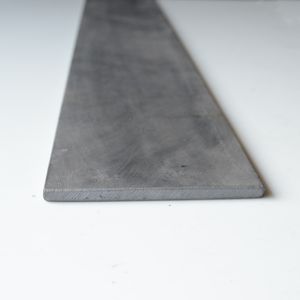
(Light Weight High Hardness Boron Carbide(B4C) Ceramic Plate)
Applications of Light Weight High Hardness Boron Carbide(B4C) Ceramic Plate
Boron carbide (B4C) ceramic plates are understood for being lightweight and very hard. These residential properties make them helpful in lots of sectors. Military applications are a major area. Home plates are utilized in body shield and automobile armor. They can stop bullets and shrapnel properly. Their solidity withstands penetration better than steel. The light-weight nature lowers pressure on soldiers and boosts car movement.
Industrial usages prevail. B4C plates offer in reducing tools and unpleasant products. They take care of high damage. Equipments utilizing these plates last longer. Devices like sandblasting nozzles and grinding devices benefit. The product’s resistance to harsh chemicals makes it optimal for atmospheres with acids or corrosive compounds.
Aerospace engineering makes use of B4C plates. Components need toughness without added weight. The ceramic plates protect aircraft components from particles and severe temperatures. Rocket nozzles and thermal barrier utilize boron carbide. It preserves efficiency under stress and anxiety.
Atomic power plants rely upon B4C plates. They take in neutrons well. This aids regulate nuclear reactions securely. Home plates work as shielding in activators. Workers remain safeguarded from radiation.
Medical equipment utilizes boron carbide. Surgical devices made from it stay sharp much longer. The product withstands rust from sanitizing agents. It is biocompatible. This minimizes risks in clinical procedures.
Sports equipment producers pick B4C for protective gear. Safety helmets and pads become lighter and more powerful. Athletes relocate extra easily. The product’s resilience makes certain lasting usage.
B4C ceramic plates use solutions where strength and weight issue. Industries prioritize safety and security and effectiveness. The material meets these demands accurately. Its flexibility maintains it sought after across different fields.
Company Introduction
Advanced Ceramics founded on October 17, 2014, is a high-tech enterprise committed to the research and development, production, processing, sales and technical services of ceramic relative materials and products.. Since its establishment in 2014, the company has been committed to providing customers with the best products and services, and has become a leader in the industry through continuous technological innovation and strict quality management.
Our products includes but not limited to Silicon carbide ceramic products, Boron Carbide Ceramic Products, Boron Nitride Ceramic Products, Silicon Carbide Ceramic Products, Silicon Nitride Ceramic Products, Zirconium Dioxide Ceramic Products, Quartz Products, etc. Please feel free to contact us.(nanotrun@yahoo.com)

Payment Methods
T/T, Western Union, Paypal, Credit Card etc.
Shipment Methods
By air, by sea, by express, as customers request.

5 FAQs of Light Weight High Hardness Boron Carbide(B4C) Ceramic Plate
1. What is boron carbide ceramic plate made of? Boron carbide ceramic plate is made from boron and carbon. These elements form a compound called B4C. The material is produced under high heat and pressure. This creates a dense, hard structure. The process ensures the plate has strong mechanical properties.
2. Why is boron carbide ceramic plate both lightweight and hard? Boron carbide has a low density compared to metals like steel. This makes it lightweight. Its atomic structure gives high hardness. The strong bonds between boron and carbon atoms resist deformation. These features combine to provide strength without heavy weight.
3. Where is boron carbide ceramic plate commonly used? It is used in body armor for military and police. It protects against bullets and shrapnel. Industries use it for abrasive tools due to its wear resistance. Nuclear reactors use it as a neutron absorber. Aerospace applications include components needing heat resistance.
4. How does boron carbide compare to other hard materials? Boron carbide is harder than steel and tungsten carbide. It is slightly less hard than diamond. It is lighter than both. This makes it ideal where weight matters. It maintains performance under extreme conditions better than many metals.
5. How do I maintain boron carbide ceramic plates? Clean surfaces with mild soap and water. Avoid harsh chemicals. Inspect regularly for cracks or chips. Replace damaged plates immediately. Store in dry conditions to prevent moisture damage. Handle carefully to avoid impacts during non-use.
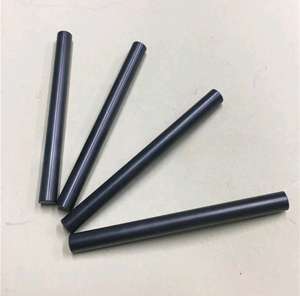
(Light Weight High Hardness Boron Carbide(B4C) Ceramic Plate)
REQUEST A QUOTE
RELATED PRODUCTS
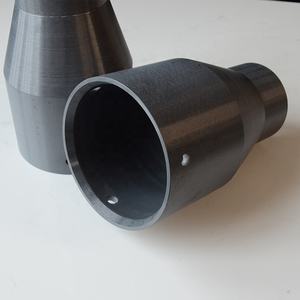
High Quality 1-10um Boron Carbide Micro Powder W3.5-W10 B4C Powder for Ceramic Products
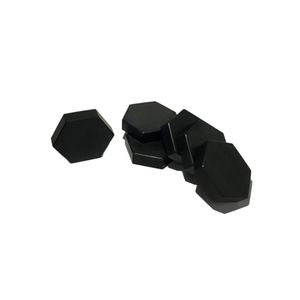
Boron Carbide Ceramic Wet Sandblasting Blasting Nozzle
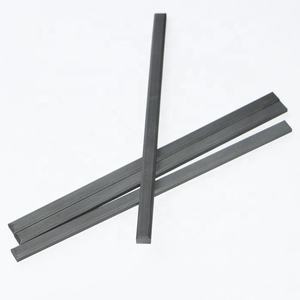
China Factory 10mm boron carbide hexagon ceramic tile B4C hexagonal tile
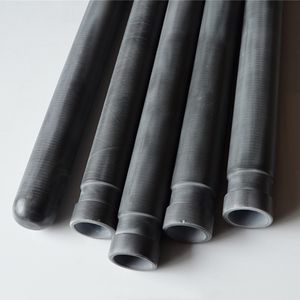
High Purity Grinding Acid Alkali Corrosion Resistance -325 Cubic Boron Carbide for Wear Resistance Boron Carbide Ceramic Rod
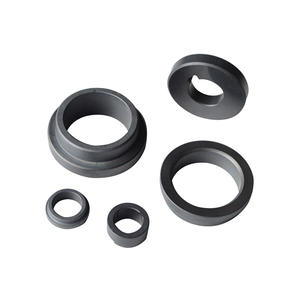
Superfine Abrasive Material Boron Carbide F400 F800 B4C Powder China Boron Carbide for Wear Resistance Boron Carbide Ceramic Rod
